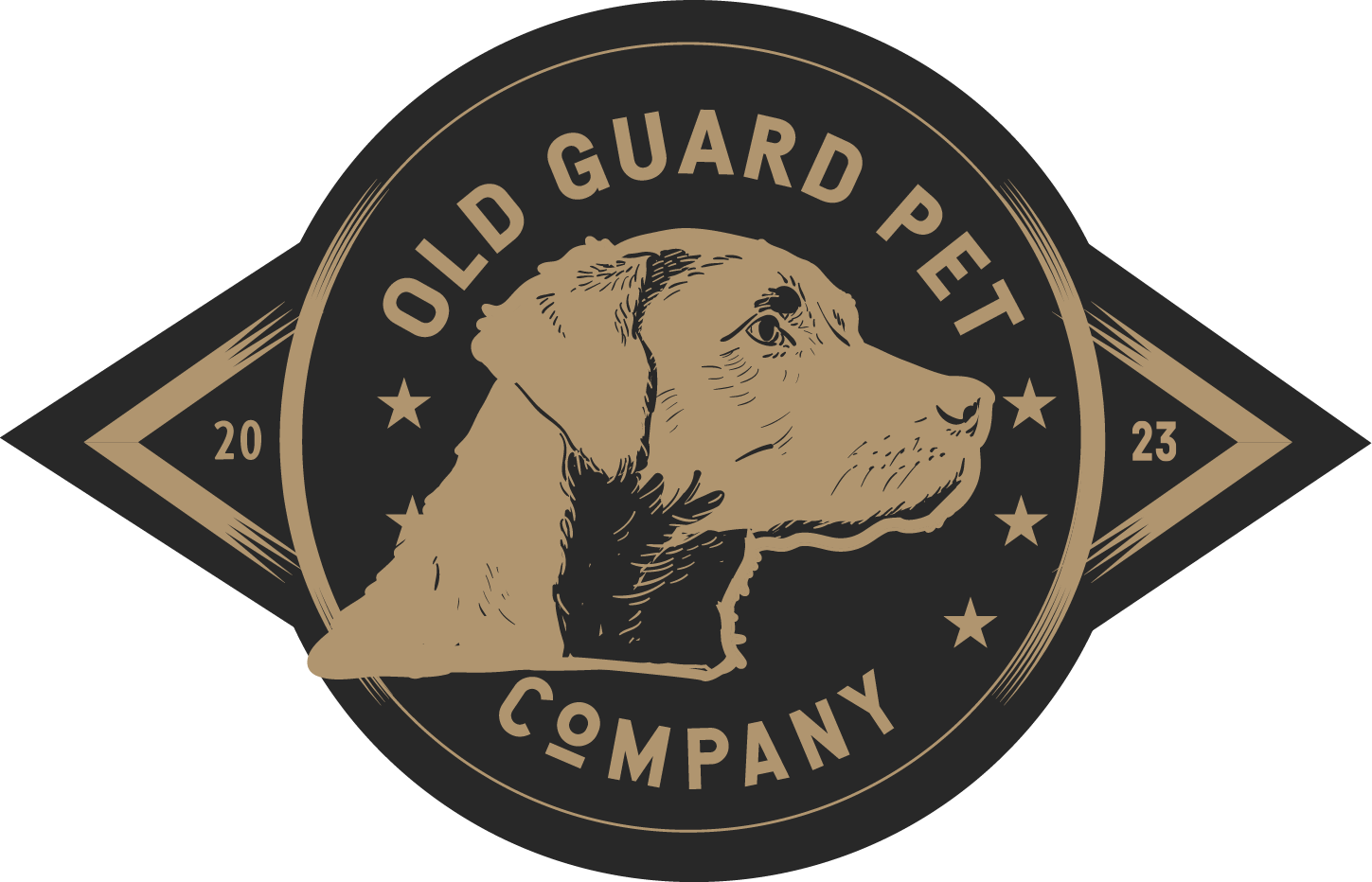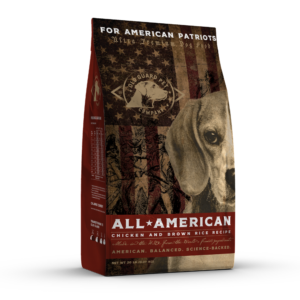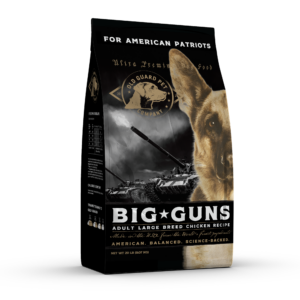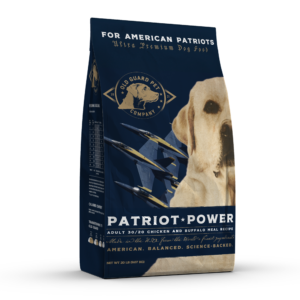There are many types of “working” dogs including police K-9s, service dogs, military working dogs, detection dogs, hunting or gun dogs and dogs leveraged for search and rescue, protection/guarding, herding, and sporting competitions (endurance/sprinting). Given the wide range of breeds, differences in the type of “work” each dog participates in, in terms of level of activity, cognitive tasks, scent performance etc. it can be difficult to select an ideal diet for your working dog. However, there are some key nutritional features to look for to ensure your dog is getting the tailored nutrition for their needs especially when you consider the metabolic needs to support energy demands.
 1. Type of Activity, Energy Requirements and Macronutrients:
1. Type of Activity, Energy Requirements and Macronutrients:
Activity in terms of duration, frequency, and intensity is important to consider when selecting a diet for your working dog. Dogs are well adapted to using different macronutrients (fat, protein, carbohydrates) and metabolic pathways for energy production. This is critical to fuel the energy needed for muscle movements, stamina, and overall performance. The type of activity will drive the ideal fuel source for the energy needed to perform.
2. Lower, Consistent Activity
Working dogs with more sedentary or lower levels of activity (for instance some service dogs) can maintain optimal performance on premium recipes of more moderate protein, carbohydrate, and fat to meet their energy needs. Dogs, under these working conditions, will benefit from additional nutrients like antioxidants, omega-3s to support immune health, movement, and cognition.
3. High Intensity, Short Duration of Activity (Sprinting)
For short-term bursts of activity (or sprints) more readily available sources of energy (like glucose) from the reserves in the muscle will be used. Premium diets with moderate/high fat along with higher levels of carbohydrate from ingredients like rice, oats and millet may adequately support the energy demands of these types of activities. Evidence supporting the appropriate inclusion of carbohydrates in working dog recipes is growing specifically, for shorter bursts of energy dependent on glycogen stores during anaerobic exercise. However, fat is also valuable since the muscle fibers for these athletes have high capacity for fat breakdown and performance has been shown to be improved in short sprints with moderate to high fat diets.
 4. Moderate to High Intensity, Long Duration Activity
4. Moderate to High Intensity, Long Duration Activity
For longer, aerobic, (for instance; greater than 30 min), or more endurance-type activity, fat (lipid oxidation) will be the primary source of energy. In fact, dogs are better adapted than humans at using fat as an energy source. Fat is an energetically dense macronutrient and generates twice as much energy versus carbohydrates and protein. In endurance training, the benefits of high fat diets have been attributed to an observed increase in albumin, calcium and magnesium helping to balance fluids in the body. Certain performance diets will add L-carnitine. L-carnitine naturally occurs in the body and helps drive oxidation of fat (or the release of energy from fat), further supporting the energy available from fat for exercise. Gluconeogenic pathways (or the conversion of amino acids, from protein to glucose for energy) will also support energy needs over longer periods of exercise. Protein is also important to prevent anemia during endurance activities and minimize damage to muscle tissue. Therefore, diets with 30% Protein and 20% Fat (Metabolizable Energy on a Dry Matter Basis) are often well suited for dogs with more endurance type activity levels.
5. Key Takeaway
Overall, there is not a single “working dog” diet that will meet the needs of all working dogs. It is important to determine the energy needs of your dog by considering the types of activities the dog is participating in specifically around duration and intensity of the work. While the focus of this article is macronutrients as the primary energy source there are two other factors to consider for nutrition including: 1) hydration is critical and 2) its not only about energy needs its about the diet as a whole and there are other key nutrients to consider for working dog performance.
References:
- Grandjean D, Paragon BM. Nutrition of racing and working dogs. Part 1: energy metabolism of dogs. Compend Cont Educ. (1992) 14:1608–15.
- Hammel EP, Kronfeld DS, Ganjam VK, Dunlap HL Jr. Metabolic responses to exhaustive exercise in racing sled dogs fed diets containing medium, low, or zero carbohydrate. Am J Clin Nutr. 1977;30(3):409–18. Epub 1977/03/01. pmid:842492
- Hill RC. The nutritional requirements of exercising dogs. J Nutr. (1998) 128:2686S–90S. doi: 10.1093/jn/128.12.2686S
- Ravić, B., Debeljak-Martacić, J., Pokimica, B., Vidović, N., Ranković, S., Glibetić, M., … & Popović, T. (2022). The Effect of Fish Oil-Based Foods on Lipid and Oxidative Status Parameters in Police Dogs. Biomolecules, 12(8), 1092.
- Templeman, J. R., Trevizan, L., Ma, D. W., & Shoveller, A. K. (2021). Fatty Acid Profiles of Serum Lipid Fractions Change Minimally in Sled Dogs Before and After Short Bouts of Exercise. Frontiers in Veterinary Science, 8, 704770.
- Wakshlag, J., & Shmalberg, J. (2014). Nutrition for working and service dogs. Veterinary Clinics: Small Animal Practice, 44(4), 719-740.
Five Dog Food Nutrition Secrets From a PhD

With so much information floating around out there on dog nutrition, how can you be sure you have the facts? In this guide, Founder Maggie Gooding, PhD, in Animal Nutrition and Behavior, with over a decade experience in R&D working on some of the largest pet food brands share five nutrition secrets to help your dog live a longer healthier life.
Get the inside scoop on:
- Nutrients
- Energy Balance
- Weight Control
- Dog Eating Habits
- Fibers and Fillers
Download by filling the form out below:




